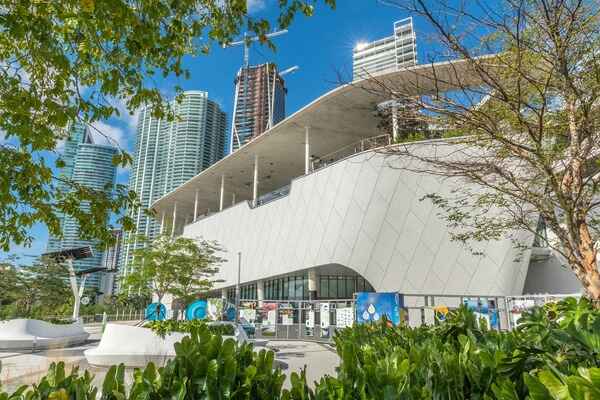INDUSTRIAL | RESEARCH | TEACHING | MEDICAL
Bim and Sustainability
lab solutions without compromise
How BIM Can Support Sustainable Construction?
Sustainability is big right now. In the world of construction, you don’t have to look very long until you see the word pop up in some way, shape or form. Accordingly, it was only a matter of time before the sustainability conversation and BIM met head-on. The benefits of BIM at this point should be clear, but in conjunction with this notion of sustainability, its potential to realise buildings and constructions with lower environmental effects becomes increasingly apparent.
The question is, how exactly do the two meet, and why does the latter have this potential to support buildings in a sustainable way?
What do we mean by sustainable construction?
As we move towards more environmentally-conscious approaches in our daily lives, it follows that not only should buildings and structures be environmentally responsible and resource-efficient, the application of processes should adhere to these same methods too.
Sustainable construction is a measure of architectural potential, technical prowess and transferability combined with a social responsibility and environmental performance that’s becoming more and more common today.
Put simply, sustainable structures meet the needs of the present without compromising the ability of future generations to meet their own needs. Typically, sustainable construction works to:
- Enhance living, working and leisure environments for individuals and communities.
- Use minimal energy and generate minimum waste over the course of its lifecycle.
- Integrate with the natural environment.
- Use renewable resources where possible.
Since commercial facilities use a lot of energy, coupled with rapid worldwide urban development, sustainable construction is clearly an important approach.

Where does BIM come into it?
You’ll have seen us mention the benefits of BIM by now, but how exactly does it intersect with sustainable construction in an advantageous, effective way? BIM’s many benefits help to streamline sustainability at three key stages: the design, construction and operation phases.
BIM fosters a more transparent process at the design phase. When design data is added to a shared model, those involved in the project can access a real-time summary of what products and materials are being proposed, how they will be installed and performance expectations after the project has been completed.
The transparency afforded here allows for contractors, energy engineers, suppliers and more to advise on the structure’s overall construction and operation of the building early on, providing greater sustainability at the design phase before spending anything. This means that only environmentally-responsible materials and methods are used, as well as saving time and money on reworking and rescheduling.
The 3D models provided by BIM mean streamlined real-time collaboration and simulation at every step of the process, allowing for workflows to be reviewed and enhanced at every stage.
The knock-on effects on sustainability are several: it saves time, improves efficiency, enhances design, reduces errors and provides a quantifiable opportunity for the building’s lifelong environmental impact to be lessened. The positive results are in line with sustainable construction’s whole philosophy.
After a project has been completed, the ease with which 3D models can be shared means that the ongoing operations of a building can be fulfilled with maximum potential. The link with sustainability is apparent as the long-term maintenance of the structure comes to the fore. Since all data concerning replacements, refurbishments and renewals is readily available, all stakeholders are able to eliminate the surprises as the completed project continues to thrive.
To this end, some construction professionals are taking advantage of this aspect by including long-term, environmentally-conscious operational recommendations and maintenance schedules in their completed project parameters. This adds value for building owners, improves overall sustainability and strengthens relationships with clients.
Put simply, the aspects of integrative design, multiple stakeholder collaboration, common goal-setting, efficient concept presentation, speedy decision-making and dialogue between stakeholders are as integral to sustainable design processes as they are to BIM construction.
BIM and sustainability in practice
An example of BIM working with sustainability in real life can be seen in the Miami Science Museum or MiaSci. As a structure, it’s a leading light in sustainable design, with a focus and duty on operating as a science institution with the highest environmental standards, all while fostering a healthy regional economy and community in the process.
With a design overseen by Grimshaw Architects, MiaSci was awarded a grant from the US Department of Energy in 2009 as a means of fully exploring differing environmental issues during the design stage in order to ultimately create a greener building. BIM consultation helped the architects specifically model how solar strategies, water systems, and the shape of the building itself impact ventilation, allowing each to maximise their potential to reduce energy and external resource requirements.
For instance, a building’s location is something that’s taken into consideration when it comes to sustainability. As a result, MiaSci has carefully integrated the direction and location of the sun into its design to allow for both passive and active solar design strategies. BIM was used here to model varying solar conditions throughout the day and year to help design the building shape itself.

